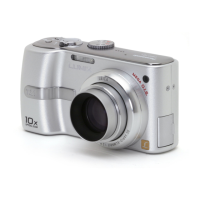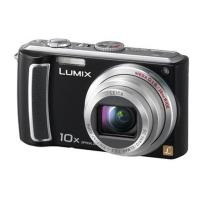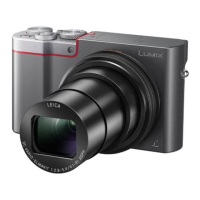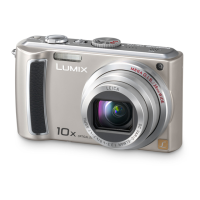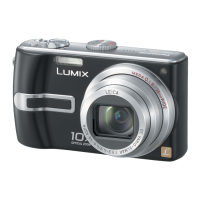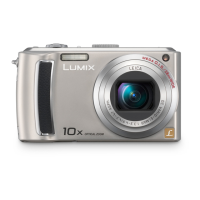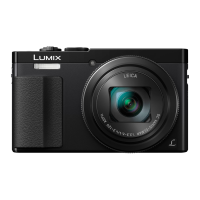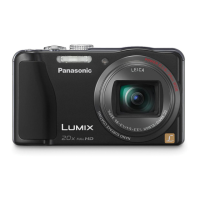84 VQT2R24 VQT2R24 85
Recording the place of recording with GPS
Recording mode:
∗
∗
Record only (Cannot set)
Also read “About GPS” (→8)
What is GPS?
GPS is an abbreviation for Global Positioning System, which enables people to find their locations
using GPS satellites.
Receiving signals from multiple satellites to calculate one's current location is referred to as
"Positioning".
This camera can perform positioning when it receives signals from three or more GPS satellites.
■
GPS functions
When GPS is used, the camera performs the following functions.
• Records location name information for the positioned location on the recorded pictures
*1
• Corrects automatically to the current time
*2
• Corrects the time to the local time after moving to a country or region in a different time zone
*2
*1
Still pictures or motion pictures recorded with [AVCHD Lite (GPS)]
*2
When [AUTO CLOCK SET] or [WORLD TIME] is set to [AUTO]
■
Receiving signals from GPS satellites
●
Set [GPS SETTING] to [ON] or (→85)
●
During positioning, hold the camera still for a while with the GPS antenna facing
upward in an outdoor location where you can see the entire sky.
●
Positioning usually takes less than one minute, but because the positions of the GPS
satellites are constantly changing, it may take longer depending on the recording
location and environment.
●
In the following types of locations, it may not be possible to correctly receive the
signals from the GPS satellites. In such cases, positioning may not be possible, or
significant positioning discrepancy may occur.
• Indoors • Near high-voltage power lines
• Underground or underwater • In tunnels
• In forests • Near 1.5 GHz mobile phones, etc.
• Near high-rise buildings
●
Do not cover the GPS antenna with your hands or anything else.
●
If you are carrying the camera during positioning, do not carry it in a metal carrier or
similar container. Positioning cannot be performed when the camera is covered by a
material such as metal.
GPS antenna
Status indicator
■
Using in locations such as airplanes or hospitals
When [GPS SETTING] is set to [ON], the GPS function operates even when the
camera's power is off.
When turning off the camera’s power in an airplane, hospital or other restricted area,
set [GPS SETTING] to [OFF] or . (→85)
• If the GPS status indicator flashes while the camera's power is off, [GPS SETTING] is set to [ON].
[GPS SETTING]: Enabling the GPS function
Select [GPS SETTING] from
the travel mode menu (→20)
Select [ON] or
• To cancel, select [OFF]
Close the menu.
■
When checking GPS reception
Select [Information] in Step to check
the current reception.
Received GPS time (UTC:
Coordinated Universal Time)
Number of GPS satellites
whose signals can be
received
Latitude and longitude
• Press [MENU/SET] to start positioning
Setting Description
ON
●
Positioning is performed at the following times.
In recording mode: Every 1 minute
When the camera's power is off: Every 15 minutes (status indicator
flashes during positioning)
●
Positioning continues even when the camera's power is off, so you
can record pictures with location name information recorded on them
as soon as you turn on the power again.
●
When the camera's power is off, positioning stops in the following
situations.
• When the battery level is low, comes on, or the battery is
replaced
• When positioning is not successful for 2 hours after the camera's
power is turned off
• When the camera's power has not been turned on for nine hours
●
Positioning is performed every minute in recording mode. (Positioning
is not performed when the camera's power is off.)
●
The first positioning after turning on the camera's power takes a long
time. Location name information will not be recorded for pictures
recorded at this time while positioning is in progress.
●
Positioning is not possible unless signals are received from three or more GPS
satellites. Move to a location where the sky is as clear as possible before performing
positioning.
[GPS SETTING] is not available in the DMC-TZ9/DMC-TZ8.
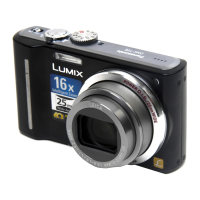
